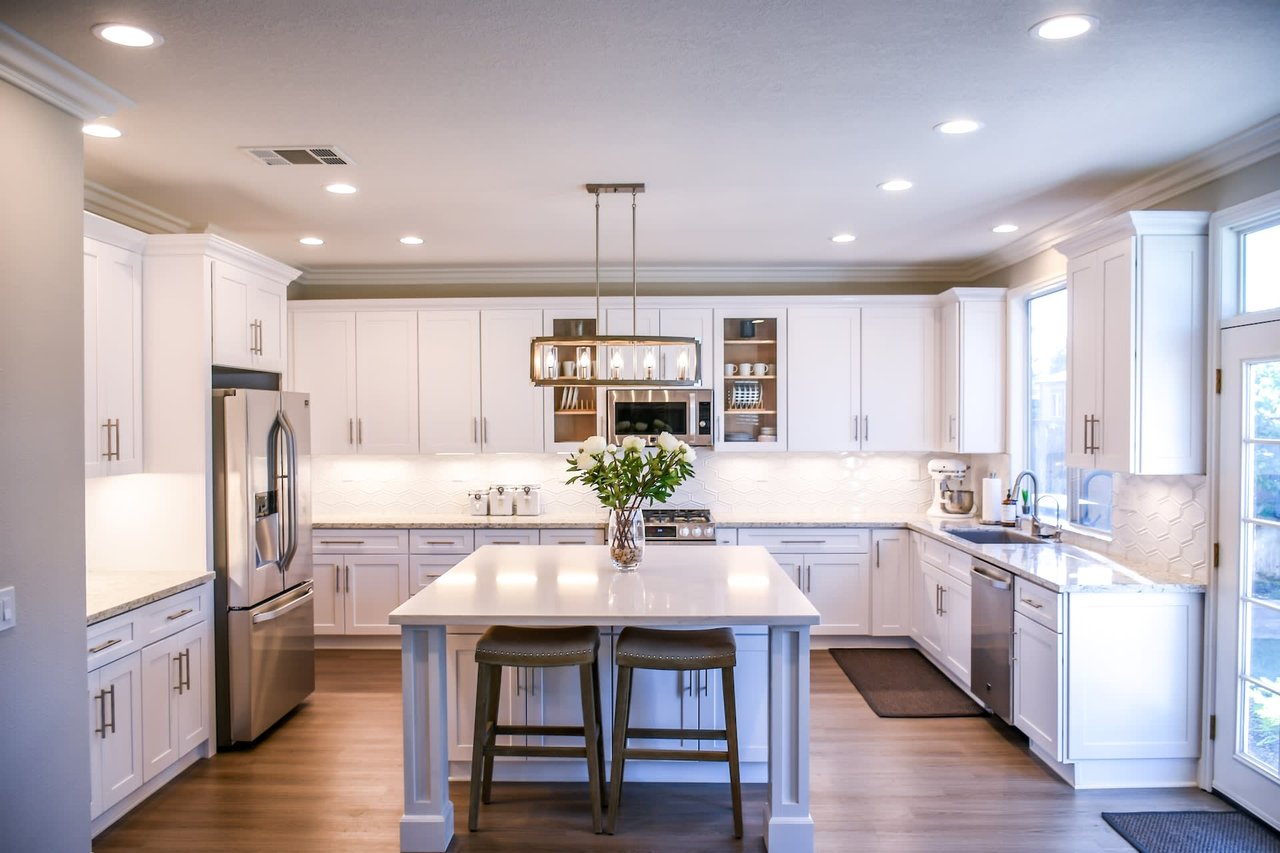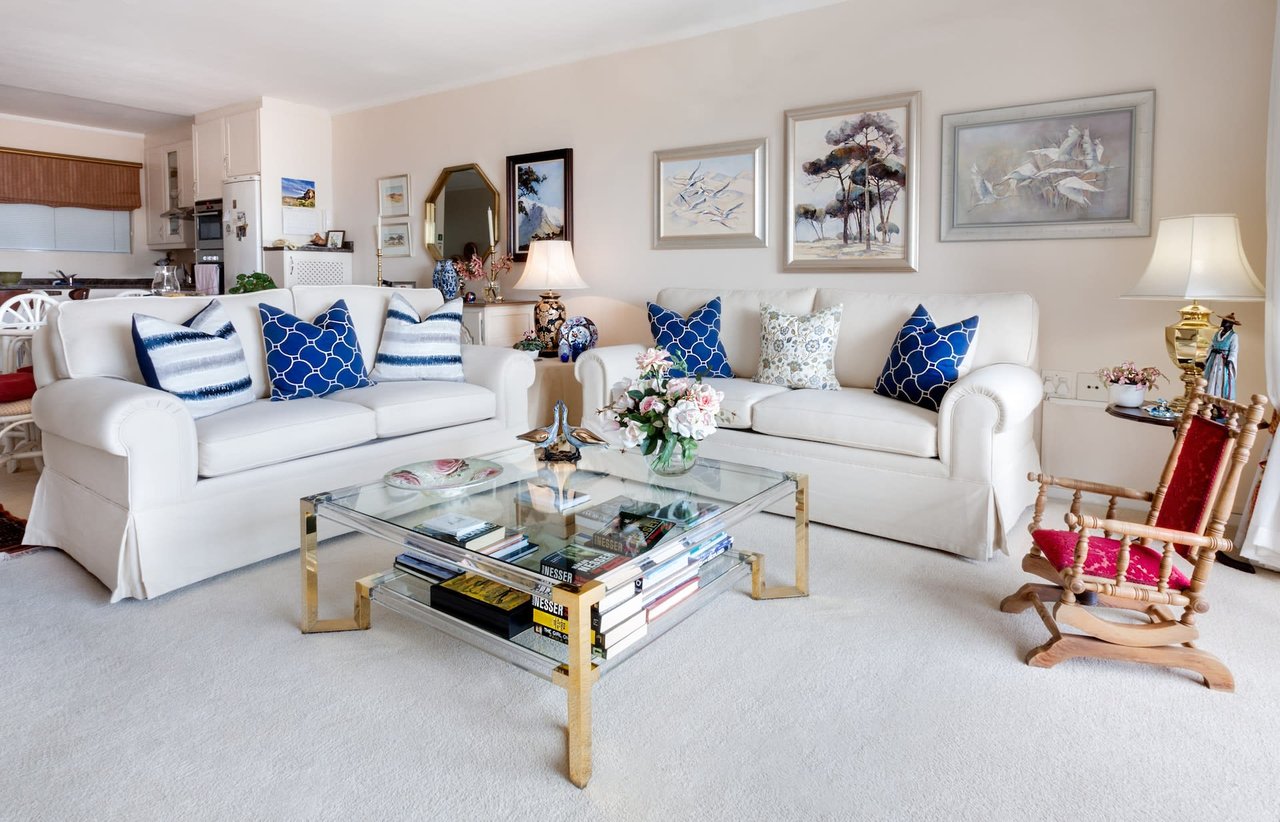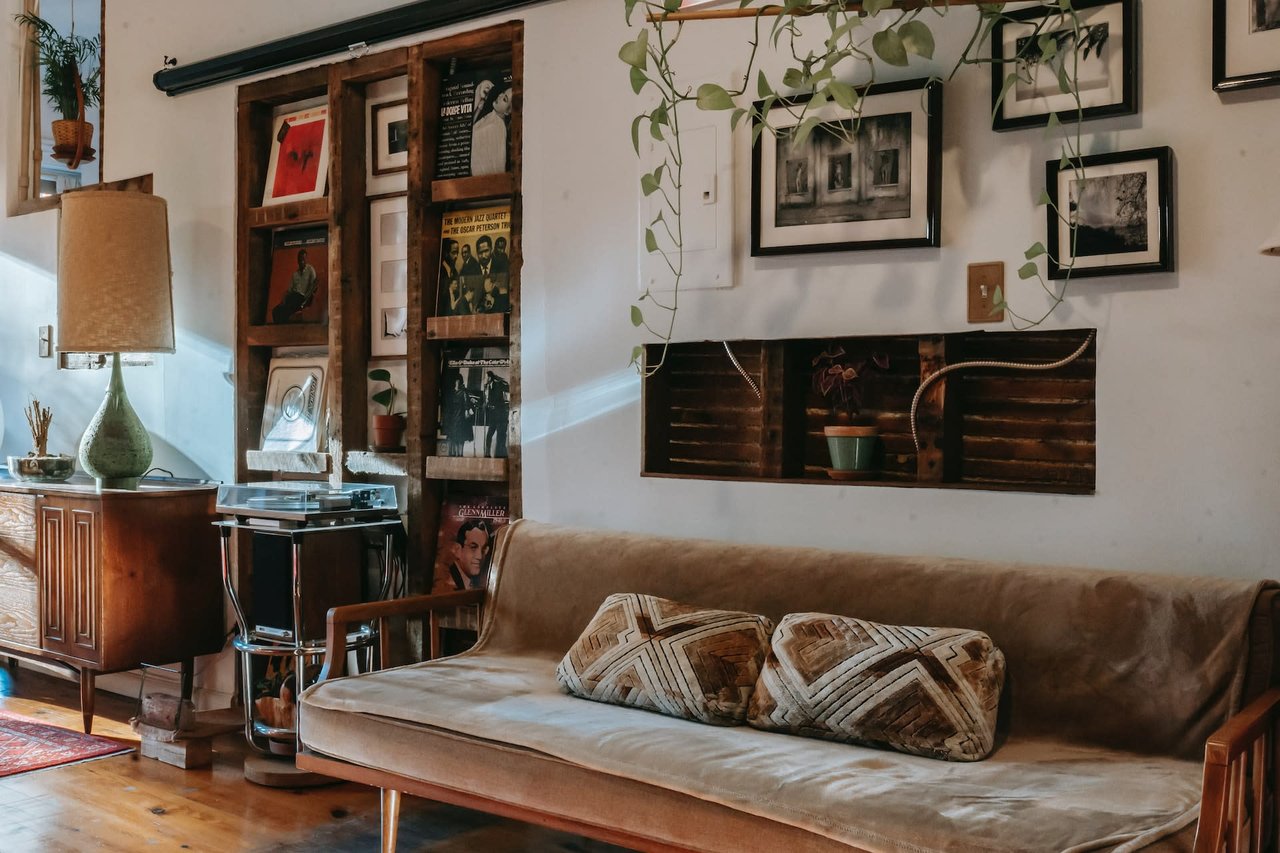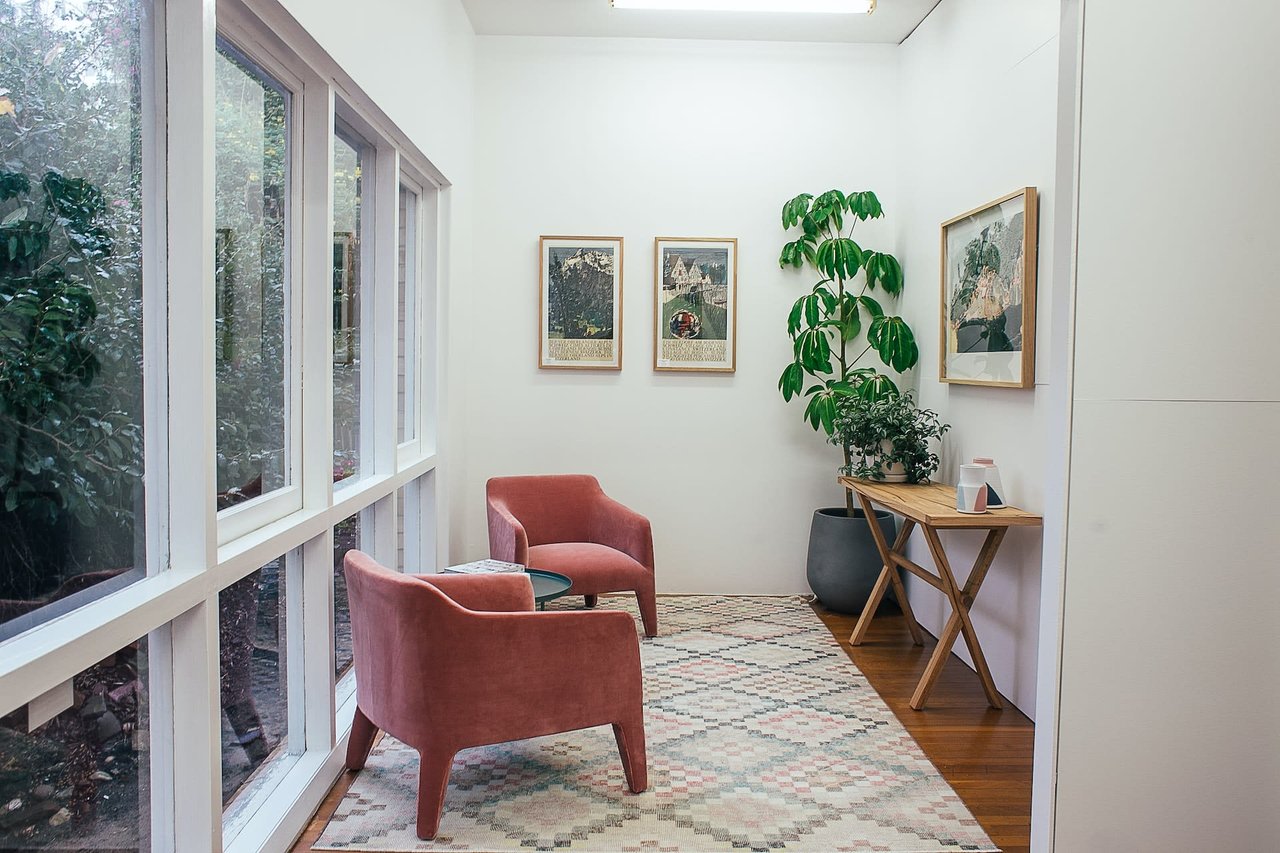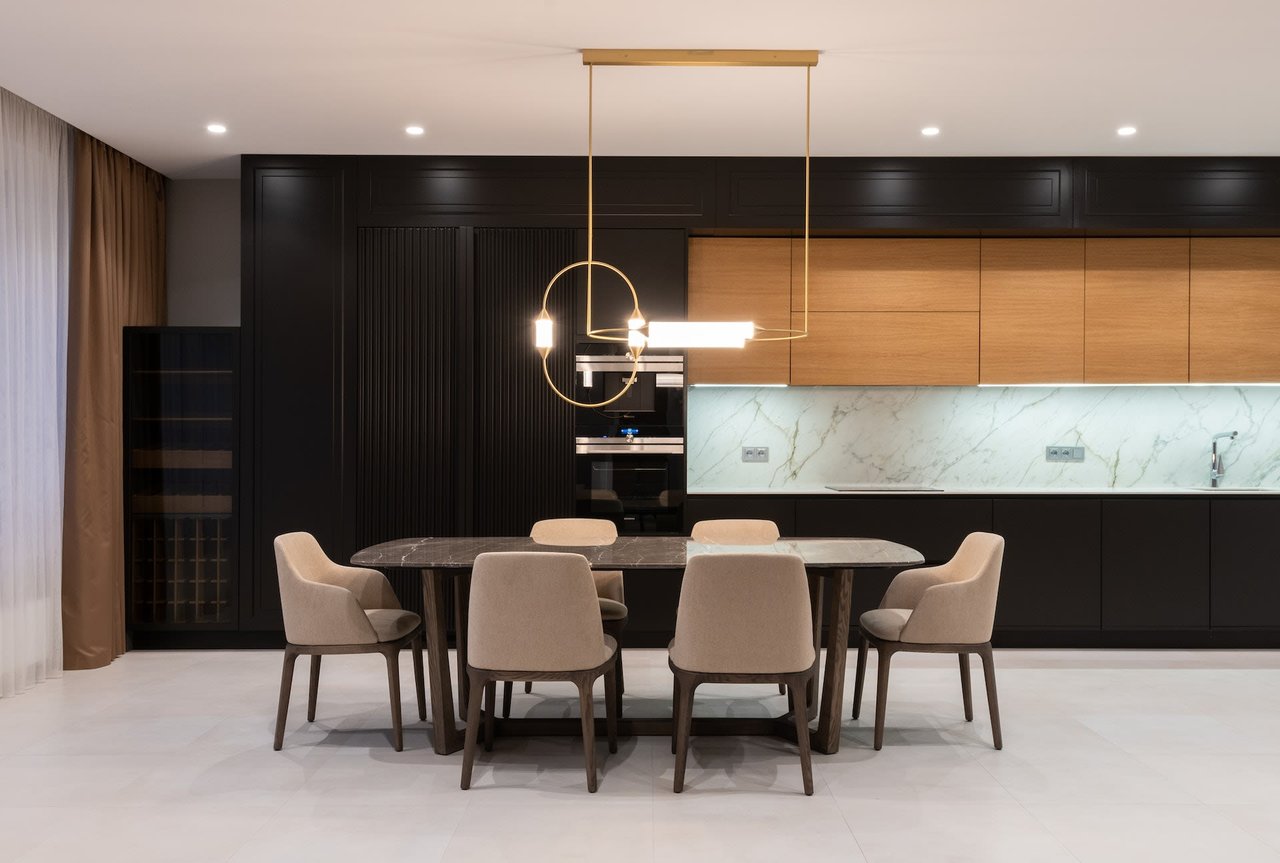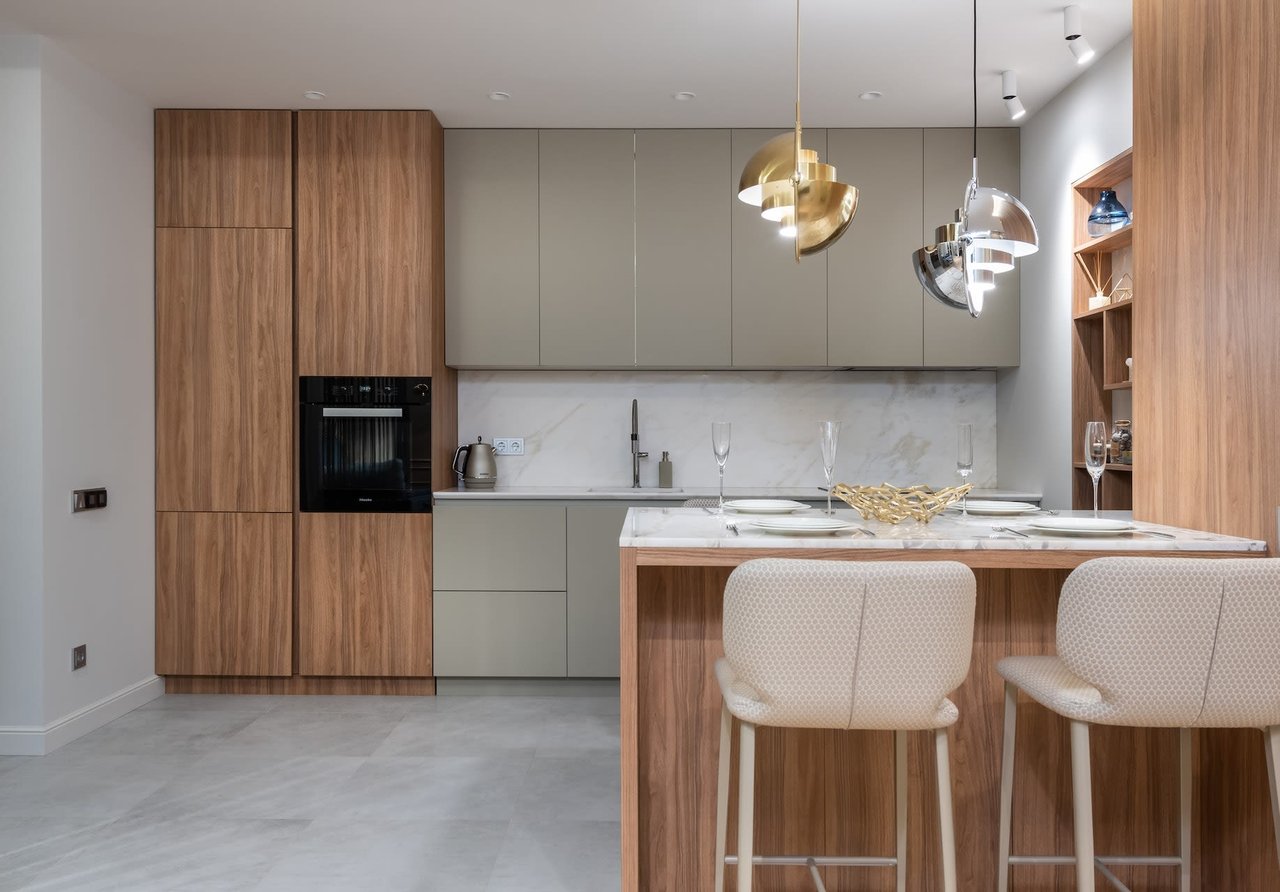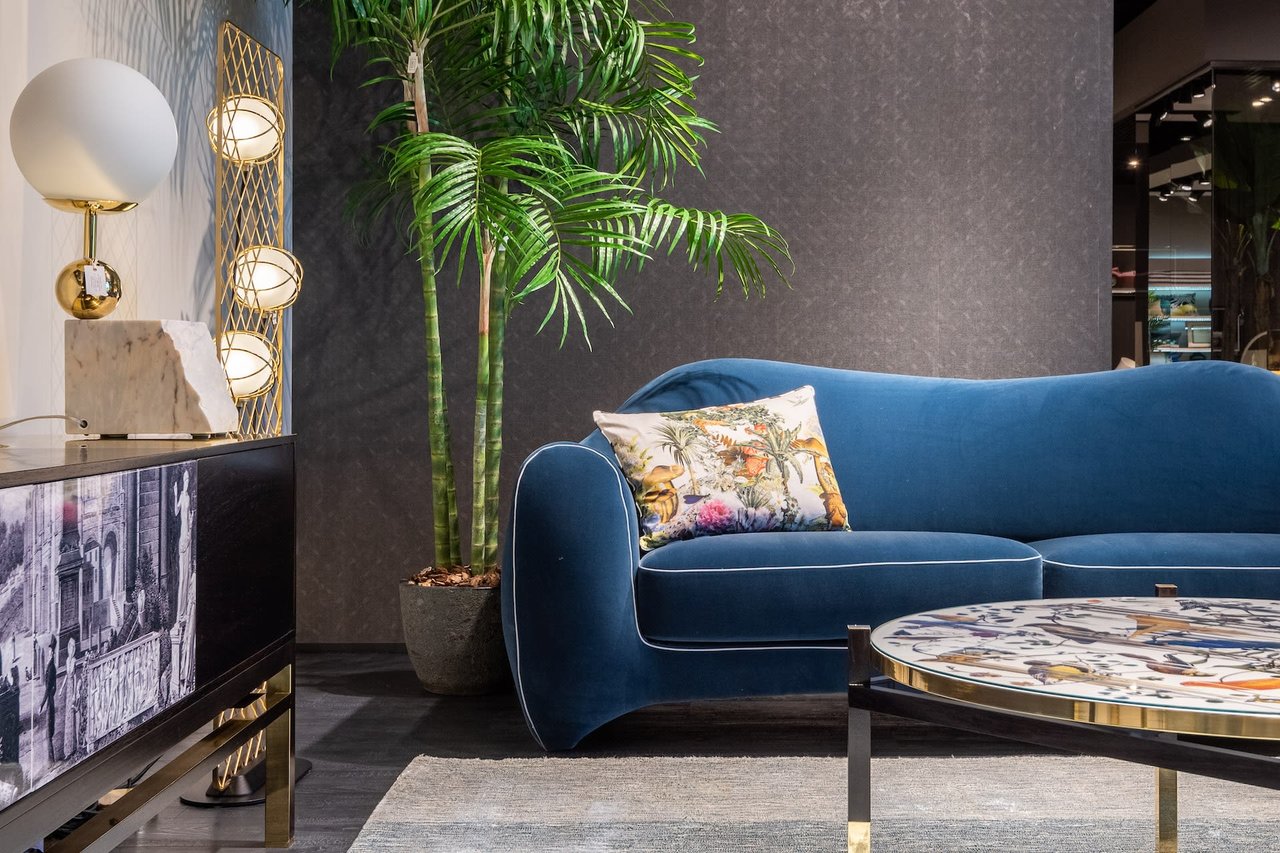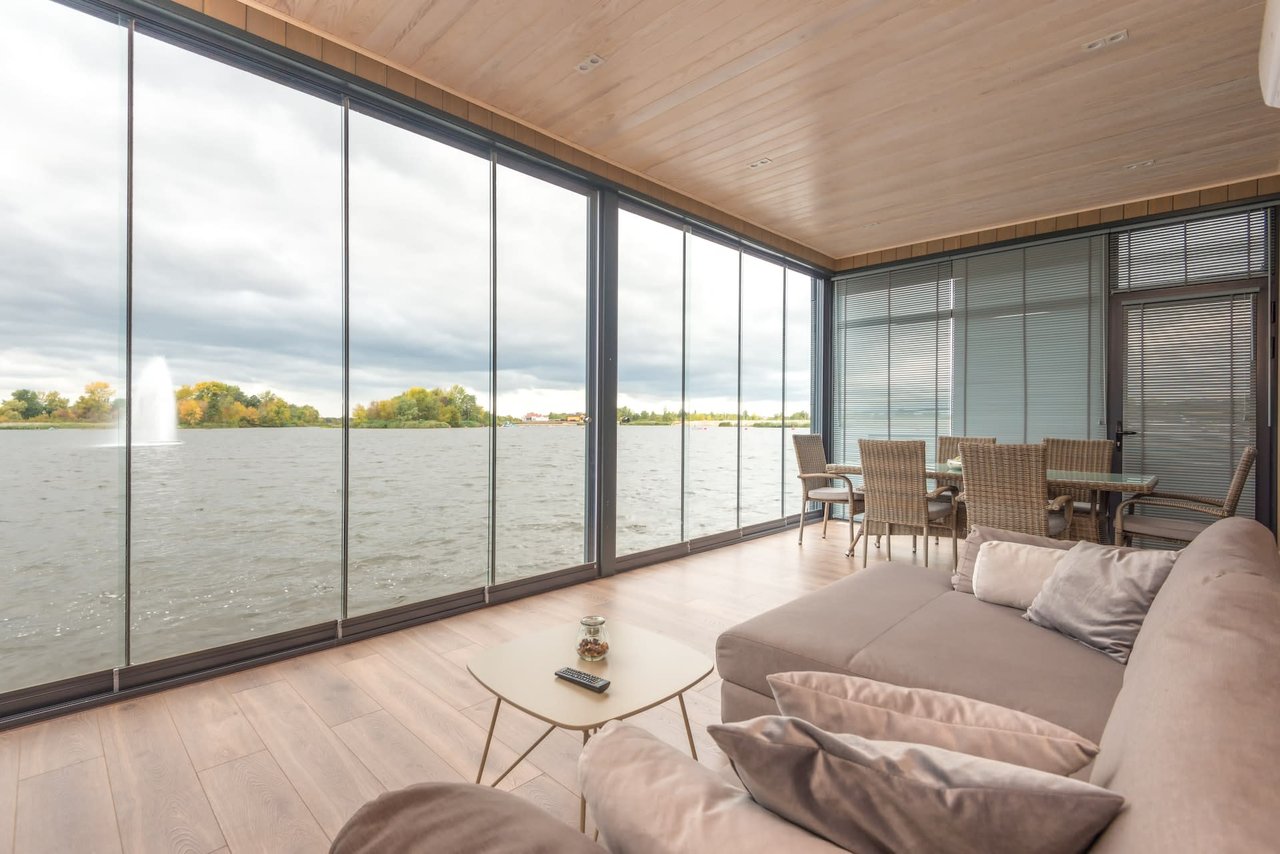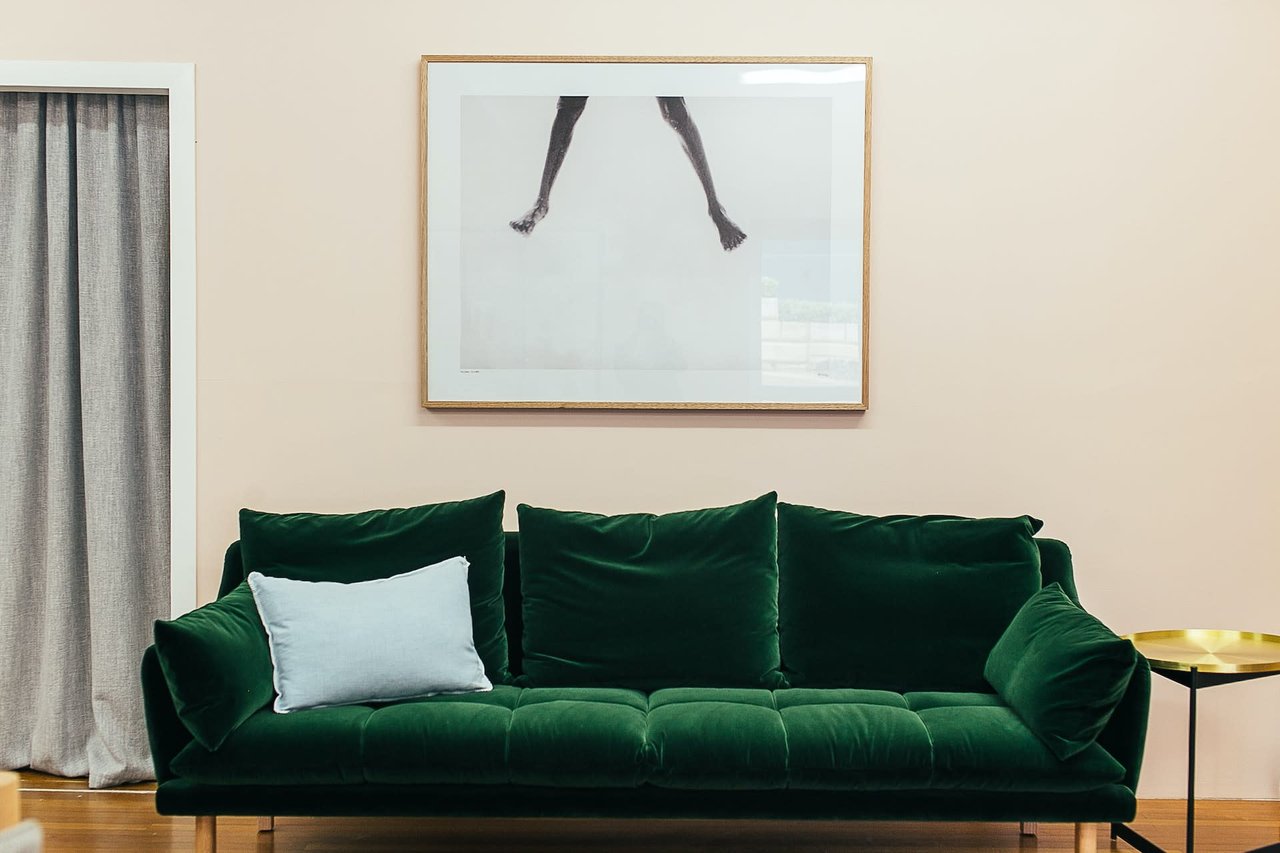Even though winter is in full swing, it's not too early to start thinking about your plans for your spring garden.
Our real estate agents recommend landscaping your home's exterior to get the most attention from prospective homebuyers. Once you know what plants and flowers you want to incorporate, you can get an early start by growing your seedlings inside.
Starting your seedlings inside gives you a chance to get a headstart on the growing season. You can better protect fragile seedlings by keeping them inside in controlled conditions when they're at their most vulnerable. It's also typically more cost-effective to grow your own seedlings instead of purchasing them from a nursery. Here are some guidelines to follow when starting your indoor garden.
1. Research the Average Date for the Last Frost in Your Area
Before you plant your seeds, check the average date of your locale's last frost. Since frost will kill or weaken your plant, you'll want to transplant your seedlings after this date. You'll use your location's frost date and your preferred plants to determine when you should start your seeds. Each species grows at different rates and has its own preferred planting time. Don't assume that all seeds should be started at the same time. For example, if the date of your last frost is usually in mid-April and you want to grow broccoli that should be planted or transplanted around the end of April, you'll want to start your seeds in mid-February. Or, if you prefer to grow tomatoes that require planting in June, you'll need to start your seeds in early March.
2. Opt for High-Quality Seeds
When you're selecting your seeds, stick with products that are from a trusted retailer. It may be tempting to pick up a few packs of cheap seeds, but they may be subpar and less likely to germinate. Unfortunately, you won't discover your seeds are bad until after you've spent a couple of weeks trying to get them to sprout.
3. Use Containers with Drainage Holes
It's easy to repurpose household items and old containers into pots for your seedlings. However, you must make sure the containers have sufficient holes in the bottoms. Otherwise, your seeds will get too much water and be more susceptible to mold or fungus.
4. Plant Your Seeds at the Correct Depth
Seeds that are planted too deep are less likely to make it to the surface of your growing container, while seeds that are planted too shallow are more likely to dry out. A general guideline is to plant seeds at a depth that's two to three times the seed's width.
5. Create the Right Environment for Your Seeds
Your seeds will grow best when they're exposed to cooler temperatures (between 60 and 70 degrees Fahrenheit) and lots of sunlight. You can use natural sunlight from our windows, or you may pick up a few supplemental lights for your seedlings.


